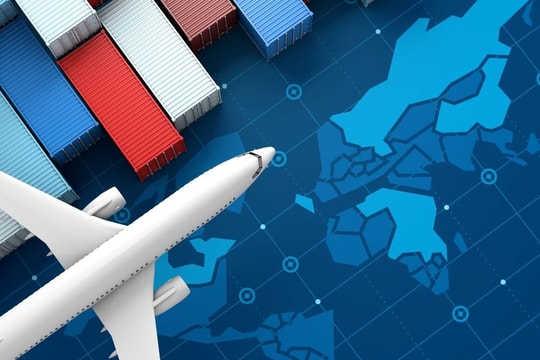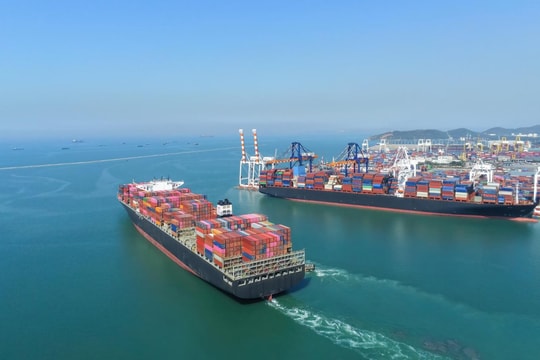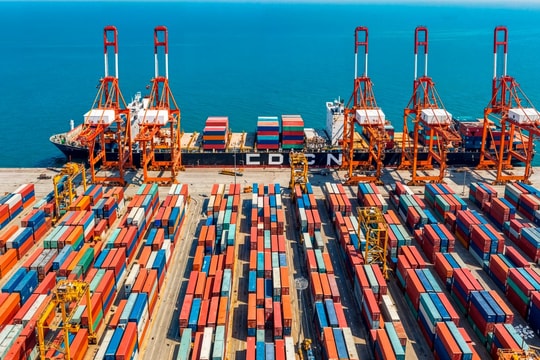
With rising demand for the preservation and transportation of perishable goods, developing an efficient cold chain can help Vietnam enhance product quality and unlock significant export opportunities. However, despite the broad potential, the cold chain industry still faces several challenges that need to be addressed.
Cooling for Growth
Currently, the cold chain has become indispensable for the development of several key industries. Preserving food, pharmaceuticals, and perishable goods not only ensures consumer safety but also significantly impacts a country’s production and export efficiency. In Vietnam, the cold chain plays a crucial role in preserving and transporting agricultural products, processed foods, and pharmaceuticals to meet both domestic and international demand. This helps maintain product quality and reduces post-harvest losses, especially in agricultural exports.
According to Inbound Logistics, the food and pharmaceutical industries are placing increasing demands on the cold chain, as factors such as temperature, humidity, and storage duration directly affect product quality and efficiency. Therefore, maintaining and improving cold chain management processes is essential for boosting Vietnam’s competitiveness in the global market.
Broad Applications, Vast Potential
Vietnam’s cold chain is mainly applied in three key sectors: food, pharmaceuticals, and other perishable goods. In the food sector—particularly seafood, fruits, and vegetables—the cold chain helps preserve and transport products to consumers with optimal quality. Vietnam is one of the world's leading seafood exporters, but without an efficient cold chain, these products would lose their value and export potential.
In the pharmaceutical sector, preserving medicines and vaccines requires a professional cold chain with strict standards for temperature and humidity. Cold chain development not only helps protect public health but also ensures pharmaceutical products are not damaged during transit from manufacturers to end users.
A major challenge in cold chain development is the high technical requirements and investment costs. Investment in cold storage, specialized transport vehicles, and temperature monitoring technology is essential to maintain product quality throughout the logistics process. This is a critical factor for domestic enterprises aiming to remain competitive in the global logistics market.
Opportunities Open, Challenges Abound
Vietnam currently has tremendous potential for cold chain development, especially as demand for high-quality products continues to rise and free trade agreements (FTAs) open up major export opportunities for agricultural and processed food products. Tropical fruits, seafood, and pharmaceuticals are highly favored in international markets, making the cold chain a vital connector between producers and global consumers.
However, the biggest challenge the cold logistics sector faces is the cost of investing in cold storage infrastructure and specialized transportation, not to mention the need for highly skilled personnel to operate these systems. According to a report by SCMR, despite Vietnam’s many development opportunities, the operating costs of the cold chain remain high, making it difficult for local enterprises to compete with countries like Thailand or China.
A lack of internationally standardized cold storage facilities and highly qualified personnel creates a significant gap in quality and the ability to meet the stringent demands of major export markets. This is the core issue that businesses must address to fully capitalize on the opportunities brought by FTAs.

Invest to Keep Pace
With its vast export potential and the strong growth of the food processing and pharmaceutical industries, the cold chain plays a critical role in maintaining product quality and expanding markets. However, to meet rising demand and improve international competitiveness, businesses must continue to invest in new technologies, enhance infrastructure, and develop skilled human resources. Cold chain development will not only enable Vietnam to seize major export opportunities but also contribute to the sustainable growth of the national economy.
Achieving this requires close cooperation between businesses, the government, and international organizations to build an effective cold chain system that ensures product quality and creates opportunities for Vietnamese enterprises to compete strongly on the global stage.







.jpg)





.png)







.png)